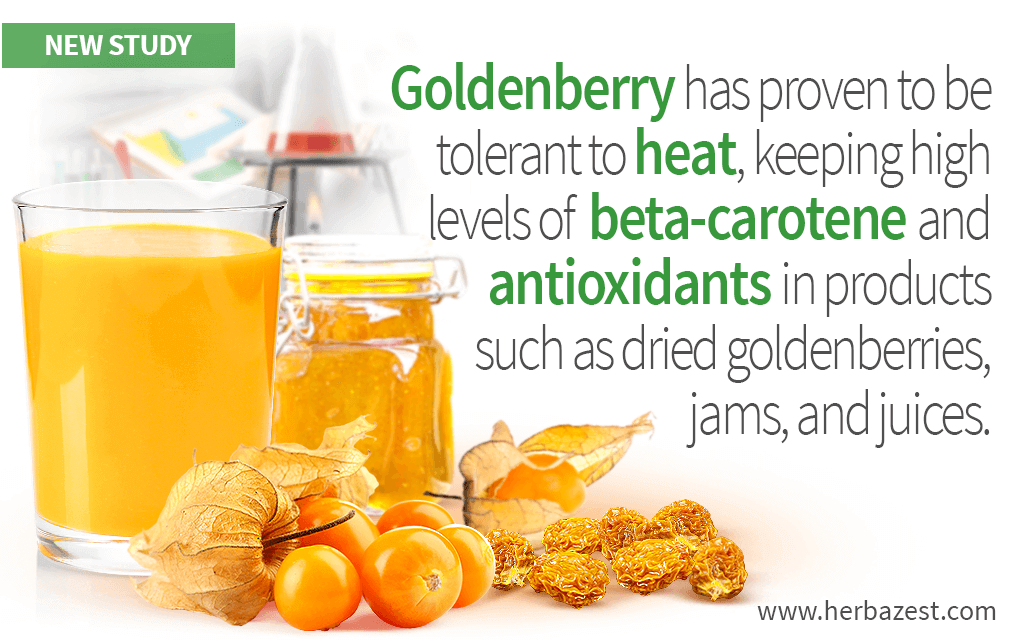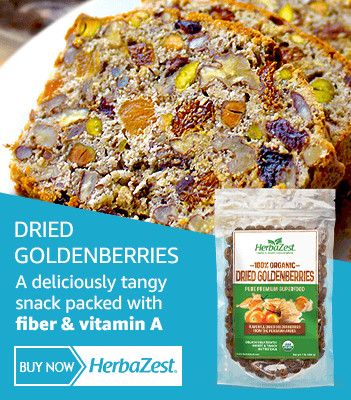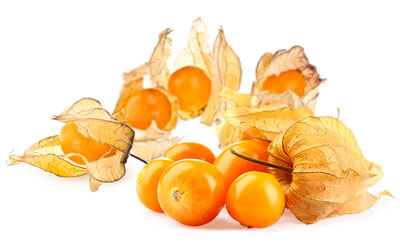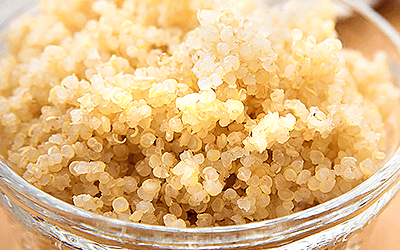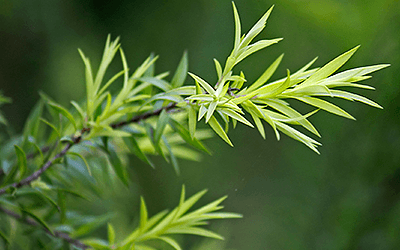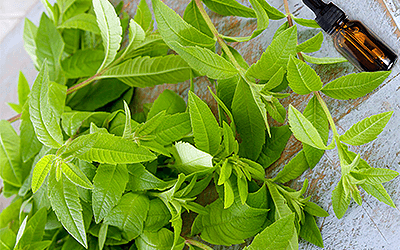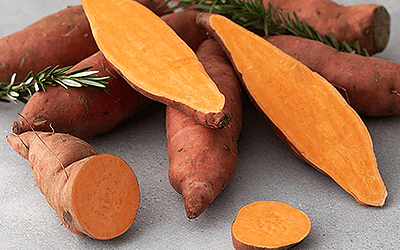Goldenberry, also known as Inca berry or cape gooseberry, possess a rich nutritional profile. The ripe fruit is a good source of beta-carotene (a precursor of vitamin A), it is loaded with phenolic compounds, which are powerful antioxidants, and also provides fair amounts of vitamin C (ascorbic acid).1 However, fresh goldenberries are not easy to come by outside of their Andean lands; instead, dried goldenberries, as well as jams and juices made of the fruits, with a longer shelf-life, are more available around the world. A study has analyzed the tolerance of goldenberries to heat, in order to know how much of their nutritional profile is preserved after manufacturing processes.
The Study
The in vitro study, published in the Journal of Functional Foods, was conducted by a team led by Dr. Mary-Luz Olivares-Tenorio Ph.D, who works at the Department of Food Engineering, in the Fundacion Universitaria Agraria de Colombia.
Changes in goldenberry's nutritional profile and antioxidant activity were measured at different temperatures and times, including variations in the concentration of vitamin C (ascorbic acid) and beta-carotene (vitamin A precursor), as well as in catechin and epicatechin, two phenolic compounds with antioxidant properties.
The Results
Vitamin C (ascorbic acid), being a water soluble nutrient, sensitive to temperature changes, was significantly reduced after being exposed to heat. However, beta-carotene was not degraded but its molecules were “rearranged” in what it is known as a process of isomerization, in order to preserve its properties at temperatures above 176°F (80°C).
Conversely, both catechin and epicatechin increased at 104°F (40°C), as well as their antioxidant activity, in a chemical rate directly proportional to their concentration.
When compared with other fruits that were subjected to the same process, goldenberry's phytochemical profile showed a more stable reaction when exposed to different levels of heat.
What Does this Mean?
Due to the increasing popularity of these delicious Andean berries around the world, these results are relevant and show that processing methods have a minimal influence in their main health-promoting compounds, namely beta-carotene and antioxidants, all of which still significantly present in commercial products, such as dried goldenberries, jams, and juices.
Sources
- Journal of Functional Foods, Thermal stability of phytochemicals, HMF and antioxidant activity in cape gooseberry (Physalis peruviana L.), May 2017
Footnotes
- Biological & Pharmaceutical Bulletin. (2005). Antioxidant activities of Physalis peruviana. Retrieved March 7, 2023, from: https://pubmed.ncbi.nlm.nih.gov/15930727/
